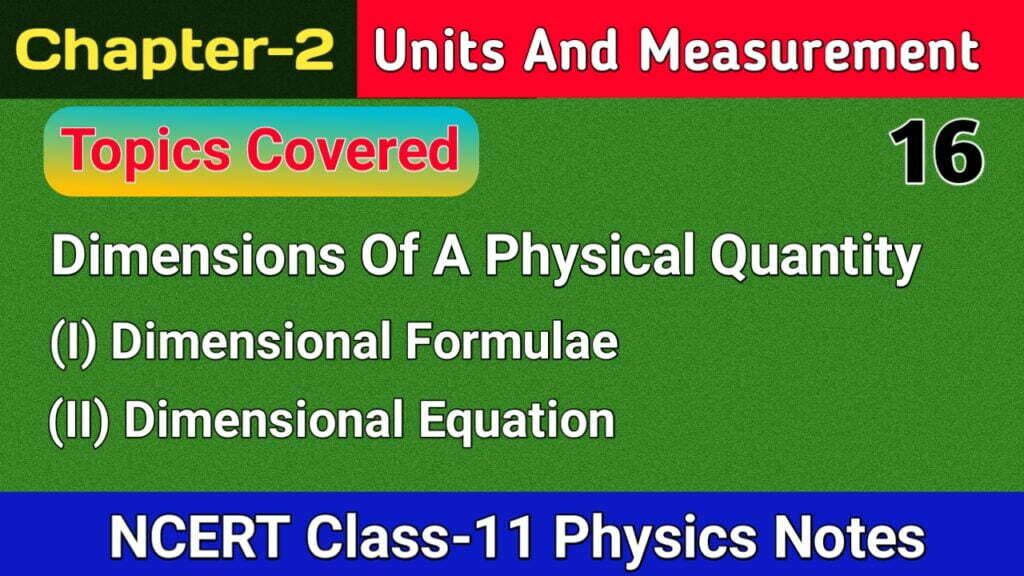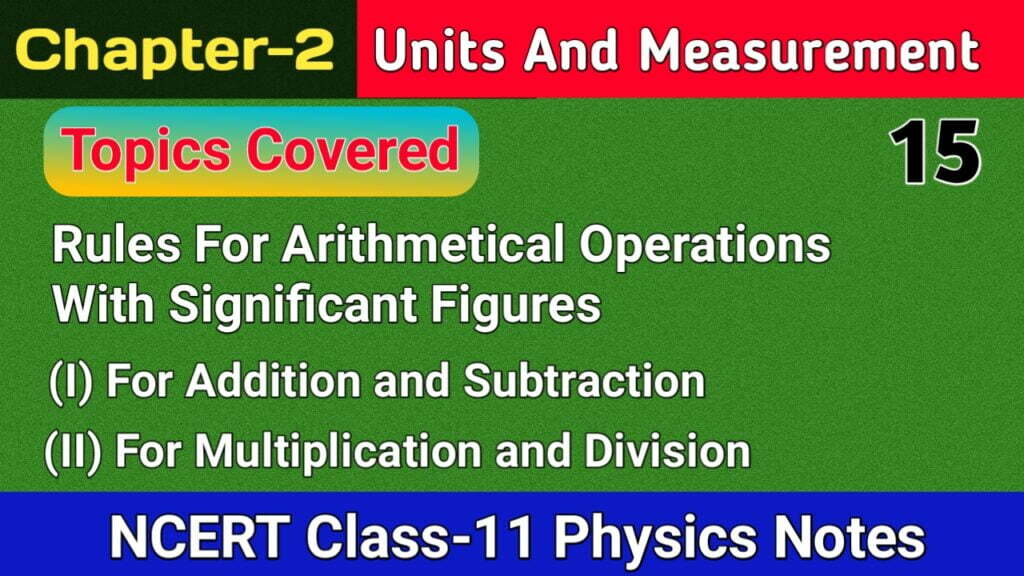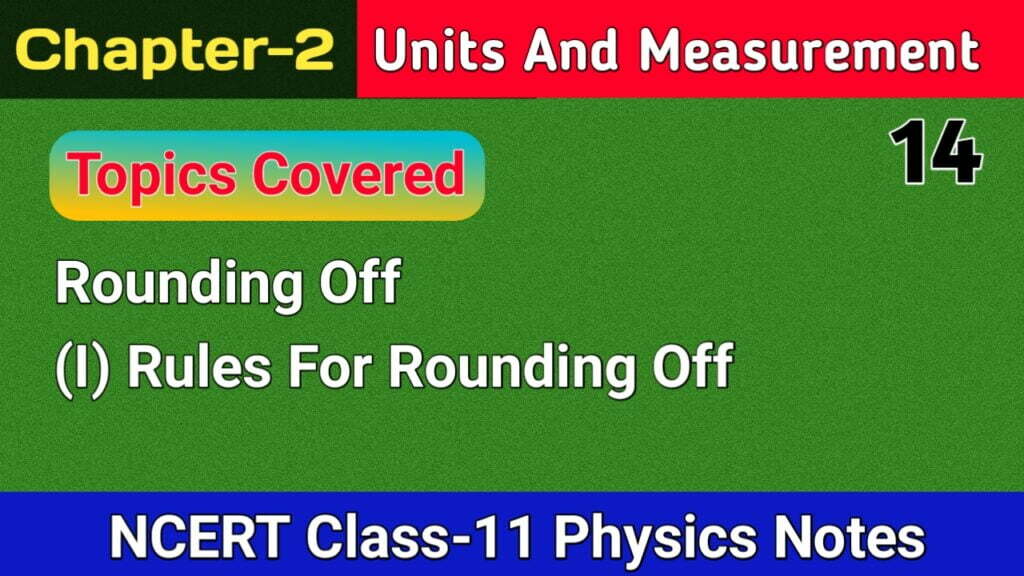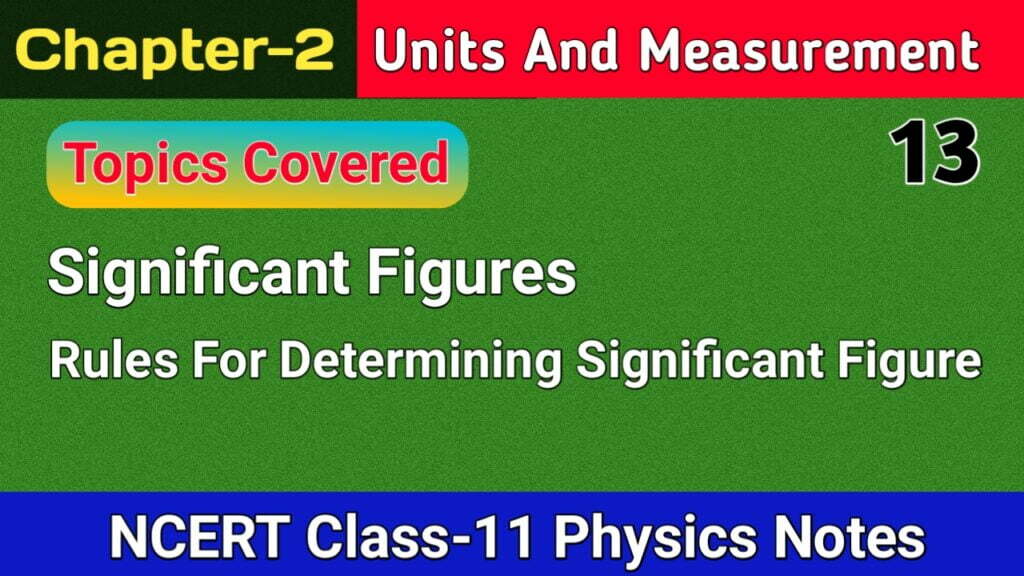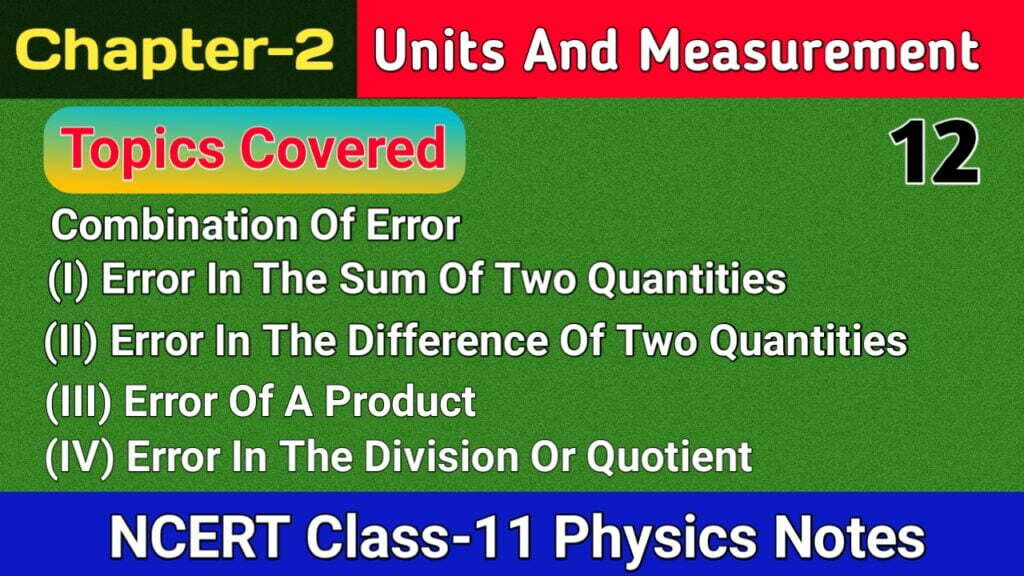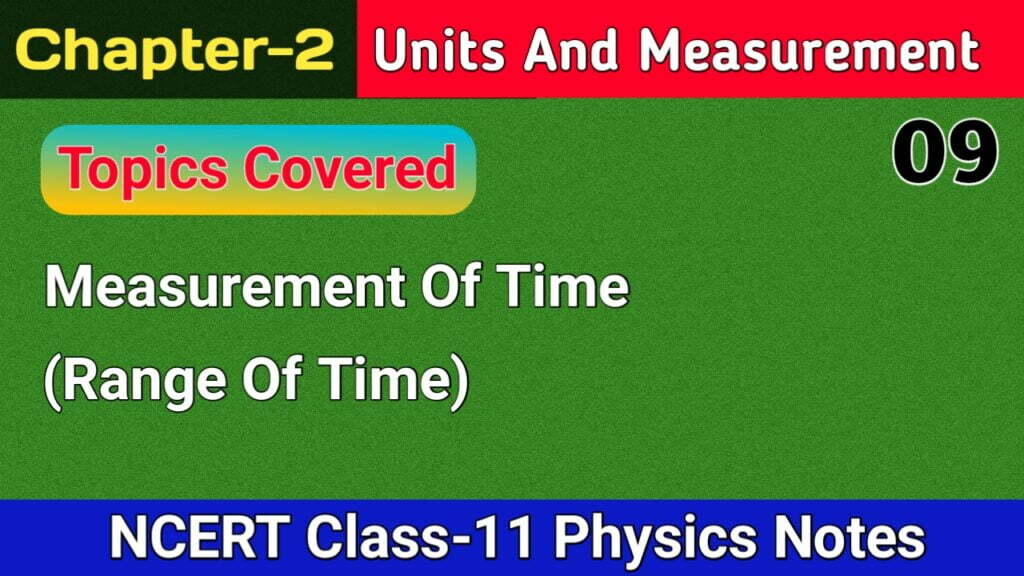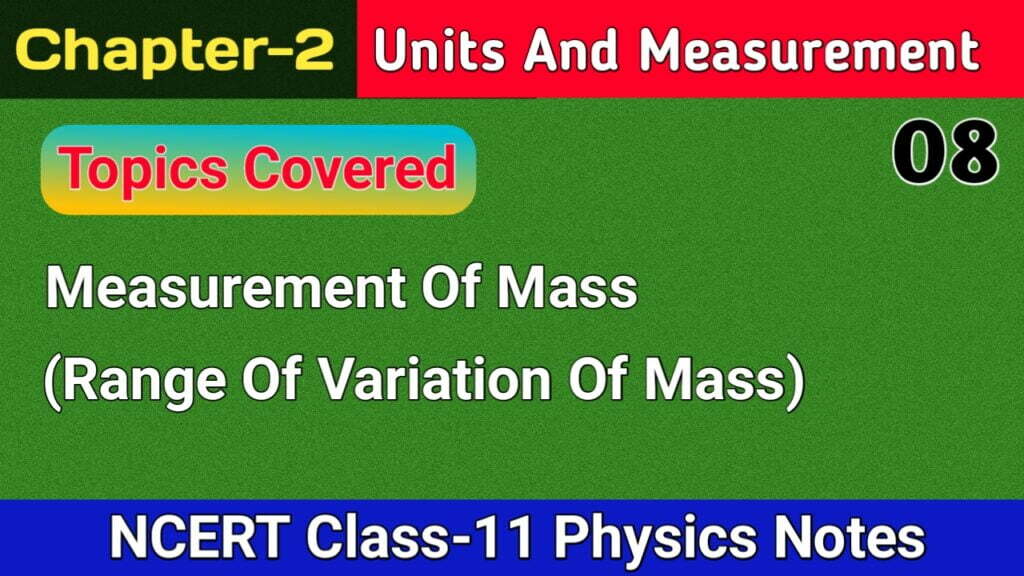Dimensional Analysis and It’s Applications
The dimensional analysis helps us in reducing the relations among different physical quantities and checking the accuracy, derivation and dimensional consistency or its homogeneity of various numerical expressions. It’s applications are as given below 1. Checking The Dimensional Consistency Of Equations To check the dimensional correctness of a physical equation. For this purpose we make […]


